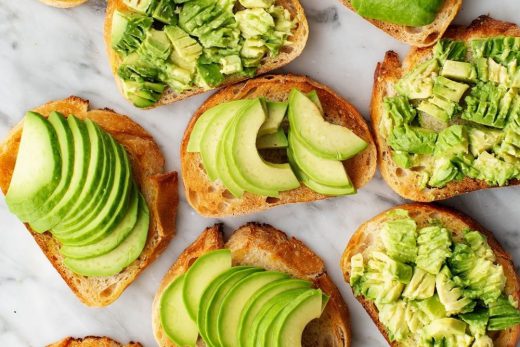Few foods can rival a sliver of raw fish, impeccably fresh and minimally adorned, whether it’s perched atop a mound of sushi rice or swimming in a spicy citrus bath. And yet, despite the popularity of incredibly simple dishes like sushi, sashimi, crudo, poke, and tartares on restaurant menus, for many cooks, preparing raw fish at home remains a daunting task.
In part, this stems from uncertainty about the risks of eating raw fish. Many people will gladly place their faith in an anonymous sushi chef at a random restaurant, but nevertheless shy away from the potential dangers of homemade ceviche. Cooks comfortable with chopping up raw beef for tartare may think twice about doing the same for striped bass.
And then there’s the issue of availability. Many Americans struggle to find fresh seafood, and even those with access to good fish markets are rarely sure of their ability to gauge the freshness of fish, both whole and filleted. That can drastically reduce their confidence in eating fish at all, let alone raw.
Finally, additional confusion has been borne out of some widespread and misleading terminology. Some fish markets will have a section of their display cordoned off, containing a few pristine-looking pieces of tuna and salmon labeled “sushi-” or “sashimi-grade.” A great fish market may advertise sushi- or sashimi-grade hamachi and fluke as well. But, as anyone who has eaten much sushi knows, there are plenty of other fish in the sea. In indicating that these fish are safe to eat raw, the labels also imply—erroneously—that others are not.





